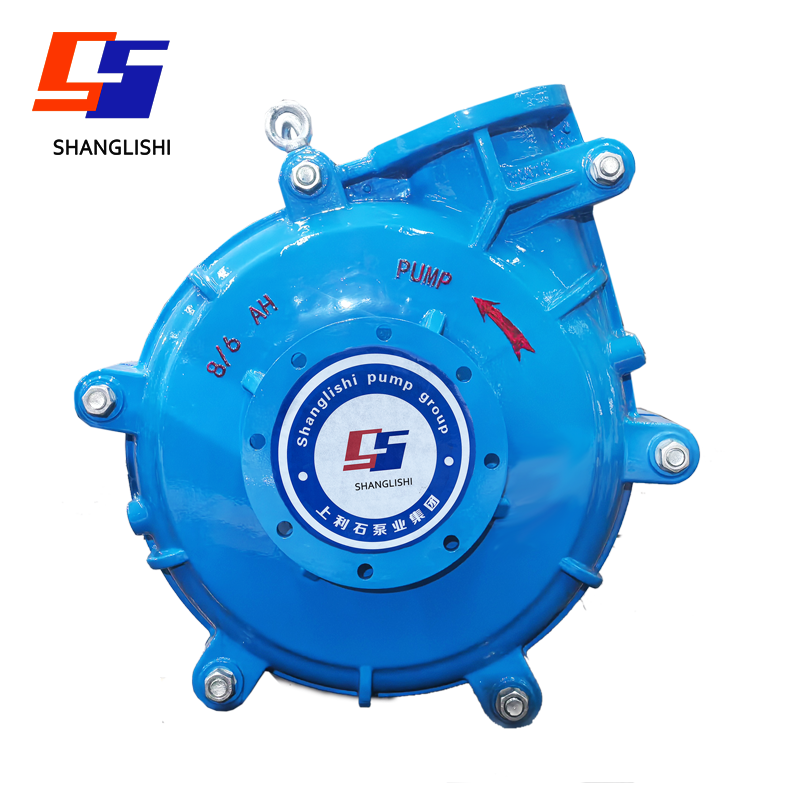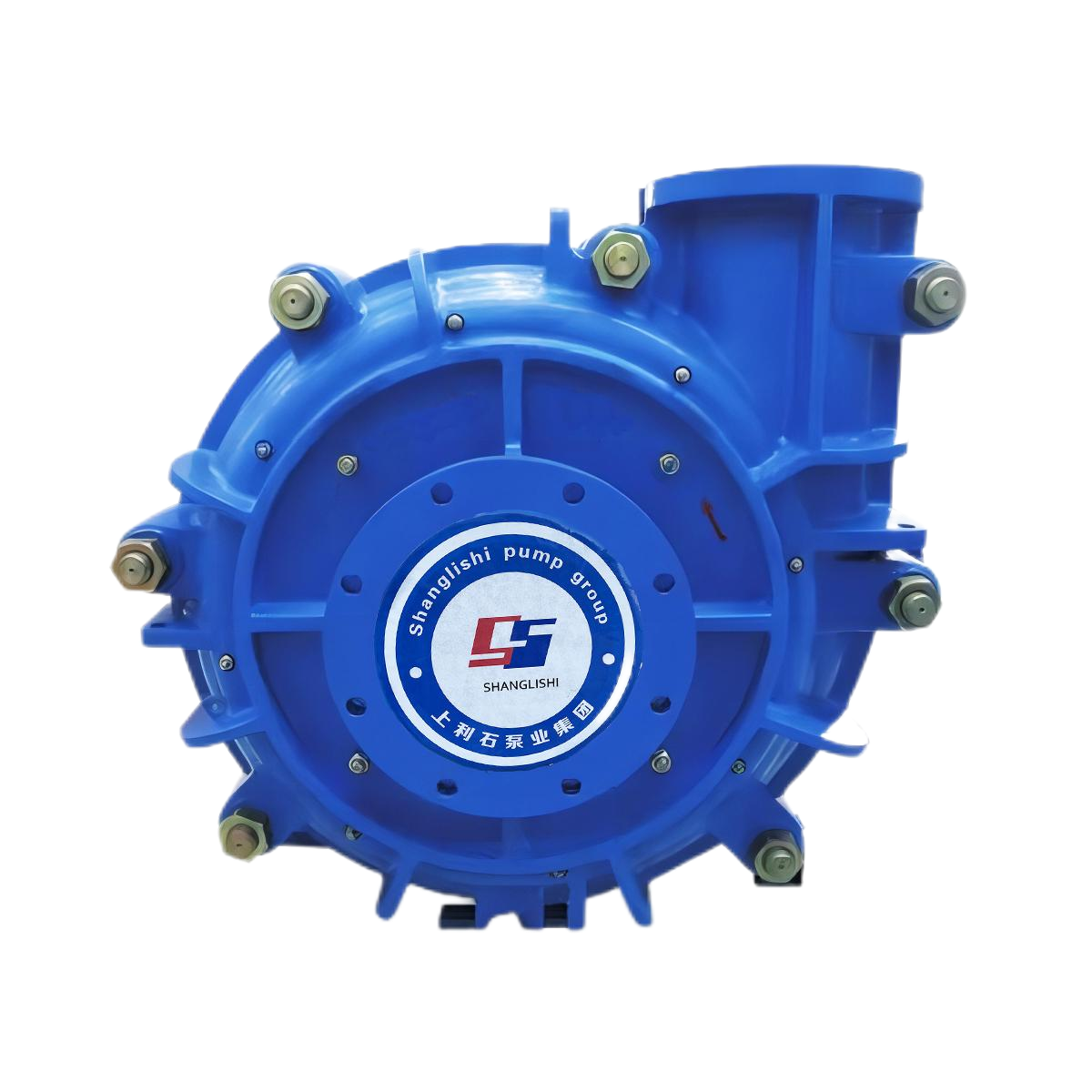Use and maintenance of slurry pumps
Published:
Aug 16,2024

1. Inspection before operation
1) Check that the rotation direction of the motor is consistent with the rotation direction specified by the pump (please refer to the manual of the corresponding model). When testing the rotation direction of the motor, the motor should be tested separately, and must not be connected to the pump.
2) Check whether the elastic pad in the coupling is complete and correct.
3) Check whether the rotation of the motor shaft and the pump is concentric.
4) The pump (including the motor) should not be tight or rubbed by hand.
5) Check whether the bearing box is filled with bearing oil (L-FC46 or L-FC68) to the oil mark position.
6) Before starting the pump, the shaft seal water (cooling water for mechanical seal) must be opened first, and the pump inlet valve must be opened and the pump outlet valve must be closed.
7) Check whether the valve is flexible and reliable.
8) Others, such as anchor bolts, flange gaskets and bolts. Whether the pipeline system is installed correctly, firmly and reliably.
2. Start-up and monitoring
1) The pump inlet valve should be opened and the pump outlet valve should be closed before the slurry pump is started. Then start the pump. After the pump starts, slowly open the pump outlet valve. The size and speed of the pump outlet valve opening should be controlled by the pump not vibrating and the motor not exceeding the rated current.
2) The start of the series pump also follows the above method. Just after starting the first pump, you can open the outlet valve of the last pump a little (the size of the opening should be 1/4 of the rated current of the first pump motor current), and then you can start the second and third pumps successively until the last pump. After all the series pumps are started, you can gradually open the outlet valve of the last pump. The size and speed of the valve opening should be controlled by the pump not vibrating and the motor of any pump not exceeding the rated current.
3) The slurry pump is mainly used for conveying flow, so it is best to install a flow meter (meter) in the operation monitoring system to monitor whether the flow meets the requirements at any time; in the pipeline system equipped with a cyclone, the slag flushing system, and the filter press dehydration system, a certain pressure is also required at the pipeline outlet. Therefore, a pressure gauge should also be installed in this system to monitor whether the pressure meets the requirements.
4) In addition to monitoring the flow rate and pressure during operation, the motor should also be monitored to ensure that it does not exceed the rated current of the motor. Monitor the oil seal, bearing, etc. at any time to see if there are any abnormalities, whether the pump is evacuated or overflowing, etc., and handle them at any time.
3. Daily maintenance of the pump
1) The suction pipe system of the pump is not allowed to have air leakage, and the inlet sump grille should meet the particle requirements that the pump can pass, so as to prevent large particles or long fiber materials from entering the pump and causing blockage.
2) Replace the easily damaged parts in time, repair and assemble correctly, adjust the gap reasonably, and do not have tight friction.
3) The water pressure and water volume of the bearing must meet the regulations, adjust (or replace) the tightness of the packing at any time, and do not cause the shaft seal to leak. And replace the sleeve in time.
4) When replacing the bearing, be sure to ensure that there is no dust in the bearing assembly and the lubricating oil is clean. When the pump is running, the bearing temperature is generally not more than 60-650C, and the maximum is not more than 750C.
5) Ensure the coaxiality of the motor and the pump, ensure that the elastic pad in the coupling is complete and correct, and replace it in time if it is damaged.
6) Ensure that the pump components and piping system are installed correctly, firmly and reliably.
4. Pump disassembly and assembly
1) Disassembly and assembly of the pump head The disassembly and assembly and clearance adjustment of the pump head should be carried out according to the assembly drawing. The impeller, sleeve, rear guard plate, and seal box are equipped with lifting tools for disassembly and assembly (lifting tools need to be ordered and purchased separately). For disassembly and assembly methods, see the "Lifting Tool Instructions".
2) Shaft seal part The disassembly and assembly of the shaft packing should be carried out according to the assembly drawing. In order to ensure the sealing effect of the packing shaft seal, the shape of the packing opening should be cut as shown in the figure below as much as possible. When loading into the stuffing box, the openings of adjacent packings should be staggered 108 degrees.


Keyword:
SHANGLISHI PUMP GROUP
Department Director: Ms. Wang
Tel: +86-311-82725800/82725629
Email: admin@sls-pump.com
WhatsApp: +86 15203151828
Mobile Website

Mobile Website
Copyright © 2022 SHANGLISHI PUMP GROUP


